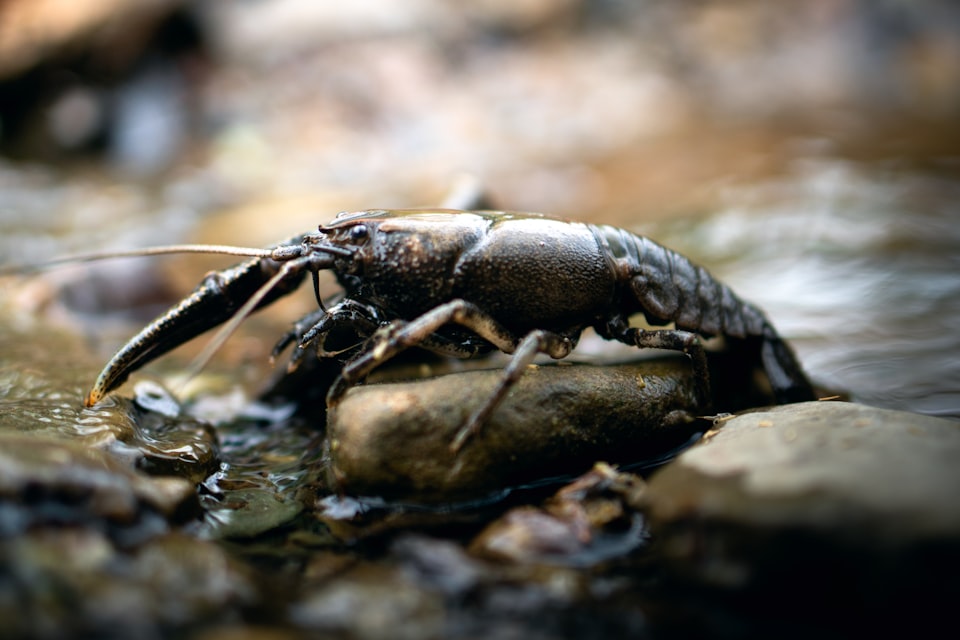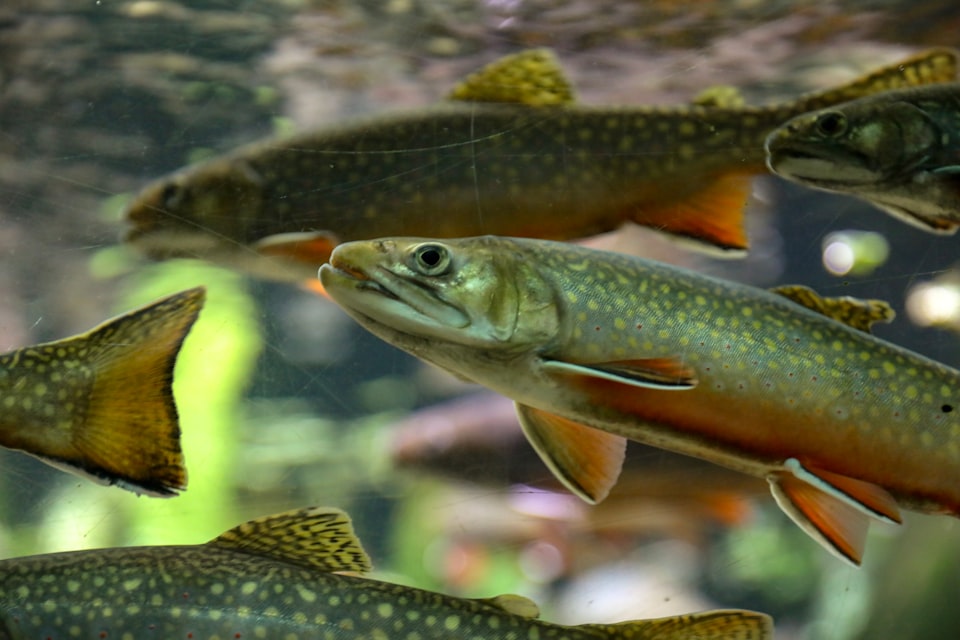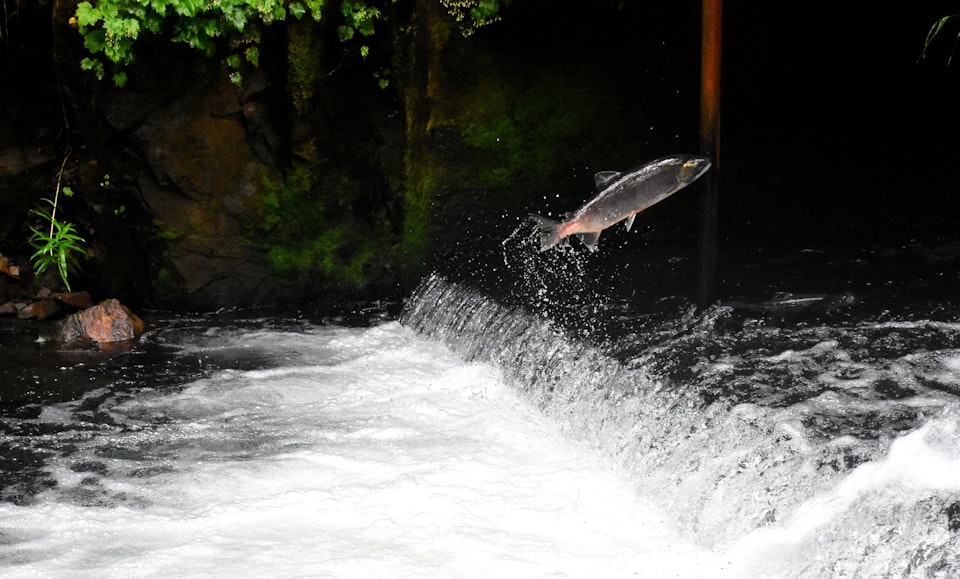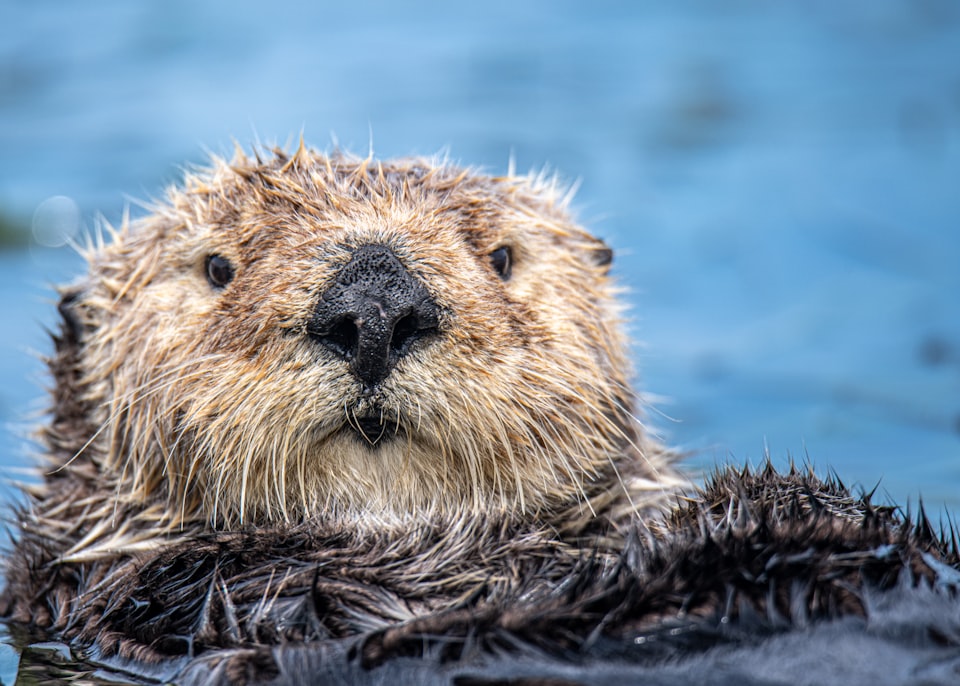V: Horse
A horse can never truly be wild, nor truly be broken. What do we do with the ones in between?

Good morning. Today is quintidi, the 5th of Vendémiaire, Year CCXXXI. Today we celebrate le cheval, an animal that became our first machine.
There's no such thing as a wild horse in North America. Horses were introduced to the Americas by Europeans, as the species did not make it across the land bridge to Asia with humans, leaving only deer and other unsuitable-for-domestication species as native to these continents. The horses that roam free in the United States – so iconic that they're the only species with the same level of federal protections against hunting as the bald eagle – are actually feral, having reintroduced themselves to the wild as a domesticated species.
This may seem like an academic point to make, but it's a critical distinction that has directly led to a difficult problem to solve. Because horses did not co-evolve with the landscape of the American west, they overpopulate and overconsume the resources of the prairies and steppes they roam.
About 86,000 horses roam free in the ten western states of the US, but scientists estimate the landscape can only support 26,000. Since the government (and the culture) won't allow hunting of these horses to control the population, the horses have zero native predators capable of thinning their herds. What happens to keep the horses from starving themselves – as well as the native species whose habitat they've conquered – is a matter of passionate controversy.
Horse control is handled by the Bureau of Land Management in the United States, and while you might fear that wild horses are slaughtered by the thousands with government machine guns ... that would be only historically right.
After World War I, the number of horses "needed" for transportation drastically decreased because of the rise of motor vehicles, and in particular, the US military's use of the horse went rapidly from millions to minimal, giving the country a surplus horse population problem that's never truly been figured out. In the early years of decommissioning, horse capture and slaughter for rendering (mostly as glue) was not only sanctioned, but encouraged, and the population of wild horses was decimated as quickly as the bison had been in the late 19th century.
This led to strong advocacy for wild horses that culminated in the 1971 passage of the Wild Free-Roaming Horse & Burro Act, a protection act so backed by public opinion that Congress passed it unanimously and Nixon (yep, that guy) signed it.
Since then, the BLM has managed the wild horse population with roundups, in which helicopters are used to drive herds into holding pens where a certain number of culled and kept by the government in semi-domesticated limbo, grazing in pens until they die of natural causes or injury. There are currently 55,000 horses (in addition to the wild population) held in such a status, with the BLM desperately targeting another 10,000 every year.
Horse advocates decry the current system of nearly random culling as unnecessarily cruel and disruptive. Horses are herd animals, and the practice of culling splits up families and herds in a way that is considered distressing to the species.
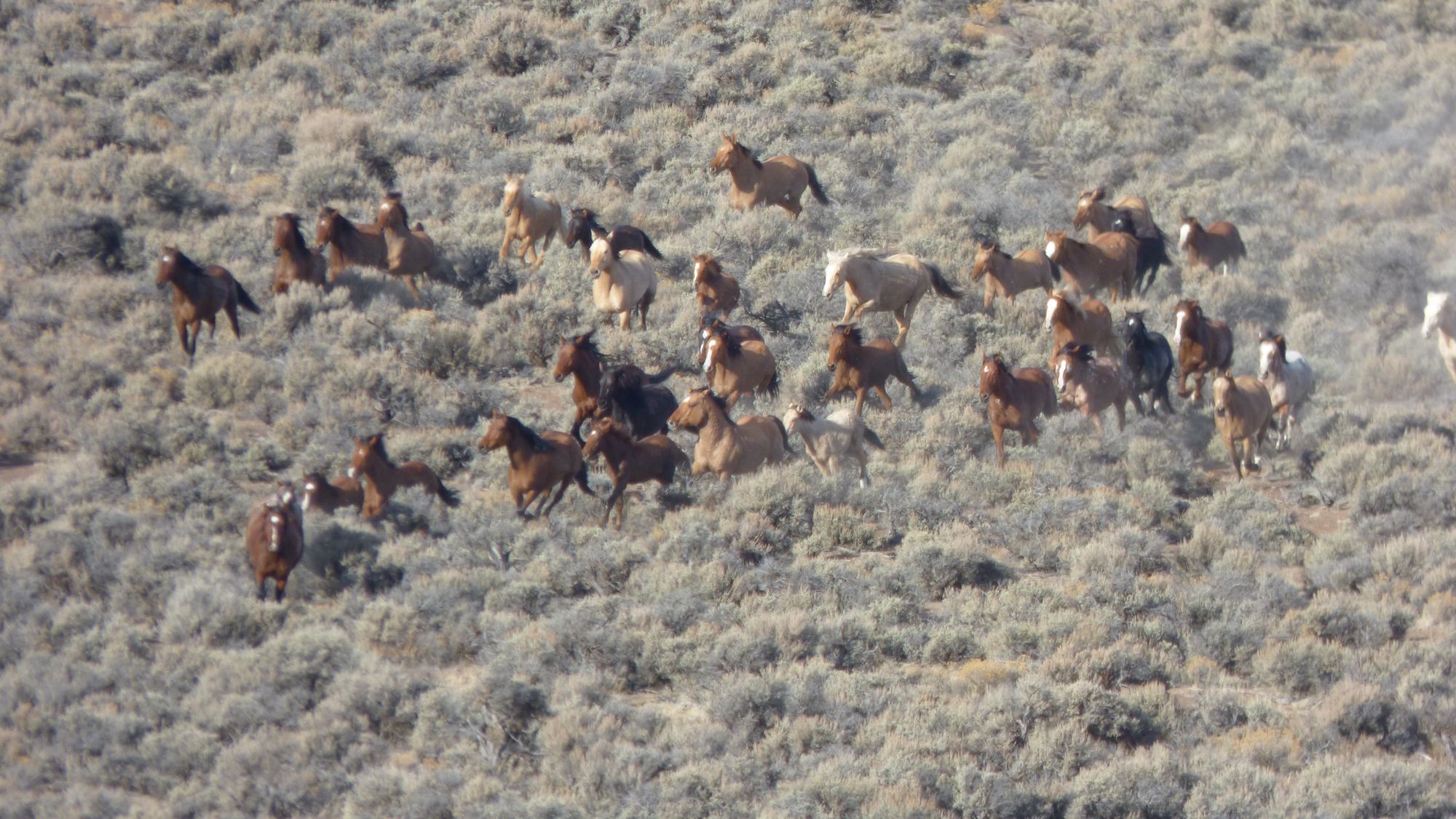
But even the staunchest of horse lovers understand that an out-of-control horse population ultimately just leads to herds starving in the desert, especially as western climate change dries up water sources and spurs wildfires across the sagebrush. So the current goals are more targeted and intelligent uses of population control through sterilization.
This, too, comes with problems. The bluntest and most effective forms of horse birth control are gelding and spaying, both of which are labor intensive. Also, while this is debated still by people who study the wild herds, gelding is considered to drastically alter the demeanor of male horses and affect the herd's ability to forage and flee as necessary if too many geldings are present.
Chemical forms of sterilization have also been considered, as they can more easily administered by, basically, guns shooting tranq darts. Doing so indiscriminately can also lead to herd behavior problems, though, since fertile stallions begin to compete aggressively over the few remaining fertile mares if the gender balance of sterilization isn't handled just right. Swing the other way, with too many stallions sterilized, genetic diversity drop precipitously and a herd can become subject to the hazards of inbreeding.
Any intelligent population control program will cost time, money, and resources, but those are dwindling as a higher and higher percentage of the BLM's budget for horse management is diverted to upkeep on the exponentially growing number of culled horses in the agency's care.
A wild horse can be adopted from the agency for $125.
Horses bred for racing cost anywhere from $25,000 for unknown provenance to $70 million for a proven athlete.
Something there doesn't add up.
Should the horses of America be wild and free and starving, or captive and pampered and broken? Millions more words could be spilled on this dilemma, and it mostly boils down to what a horse truly is at this point in evolutionary history. Is the animal a tool for humankind's use, or an animal whose useful time has passed and is deserving of a return to its instinctive behavior? Is it both? When and how do we decide which is which?
There are tens of thousands of horses running before you. Which do you take? Which do you set free? Which live? Which die? What is our responsibility, as a species, for this horse that's always had two hooves in the natural world and two hooves in the domestic one?
Today's card: 9 of spades
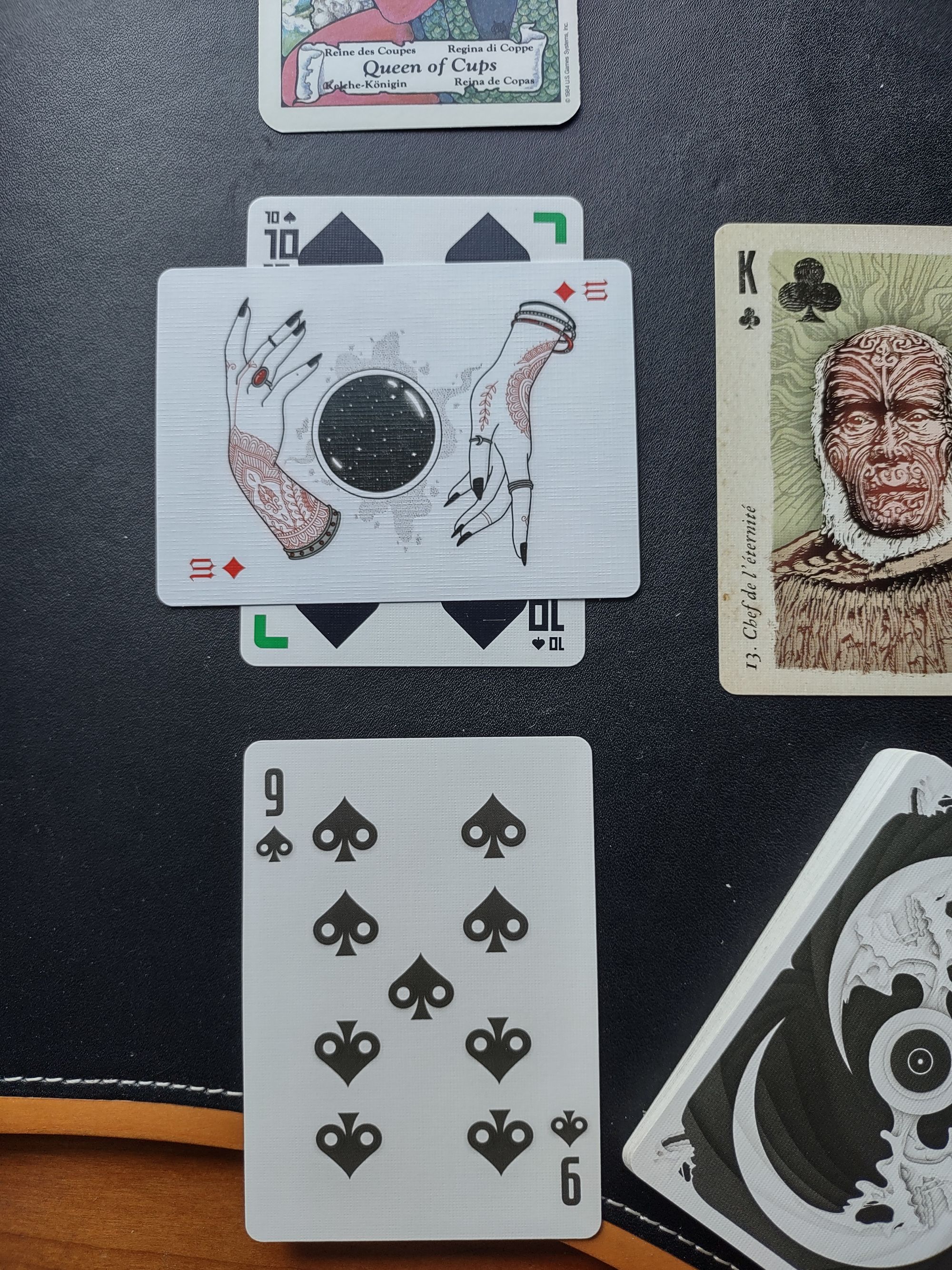
Today we get to the heart of the query, what spurs it and makes it a question to begin with. To recap, we began with a sense that our work energy is at its maximum and perhaps about to head into decline, and that the compensation we receive for it is also maxed out (the two crossed cards in the spread). If that's the case, why not just relax a little? Why not strike a better balance and allow the compensation to continue to roll in with a little less stress?
Inside, we have this nine of spades, which speaks to a sense that this is a false maximum. The nine says strength in a pugnacious way, and it's a card of motivation and stubborn drive. Inside, we feel like this ceiling isn't real, but that perhaps we're not sure how to grow what we're doing, or how to continue this pace without making unacceptable sacrifices, or how to discover a new audience beyond the one already there.
The artist for this deck made an interesting choice to perforate the pips and, though it's hard to tell in this photograph, give each one a tiny bit of shading that makes them appear three-dimensional. They look almost like post-it notes, reminders that our material energy is still there and ready to be deployed. This is good, and interesting, and makes for an even more urgent outcome answer at the end of the week.
